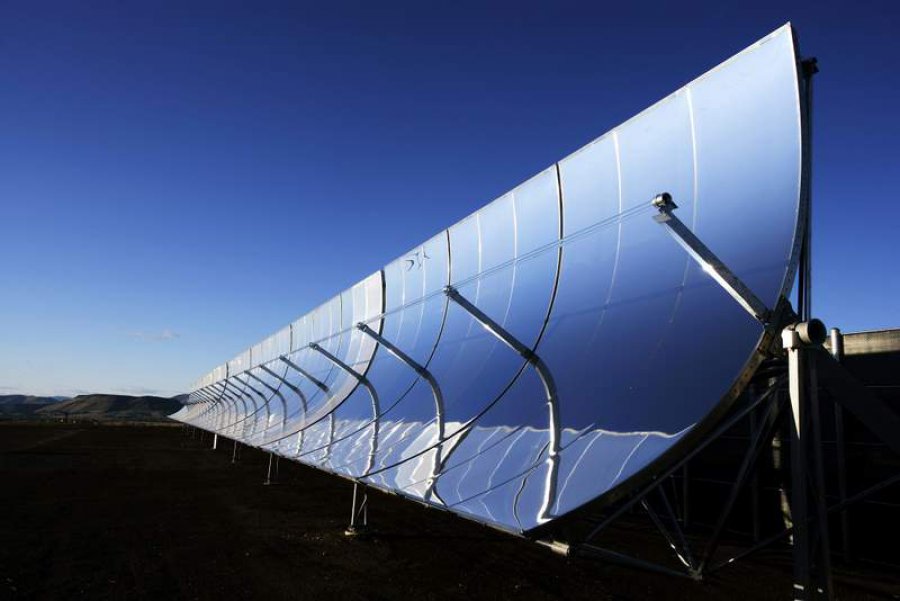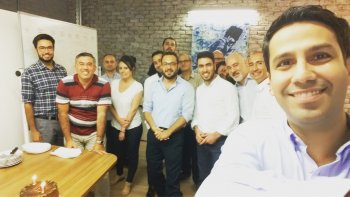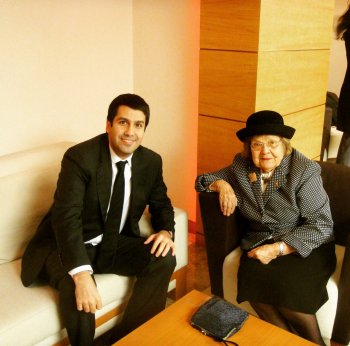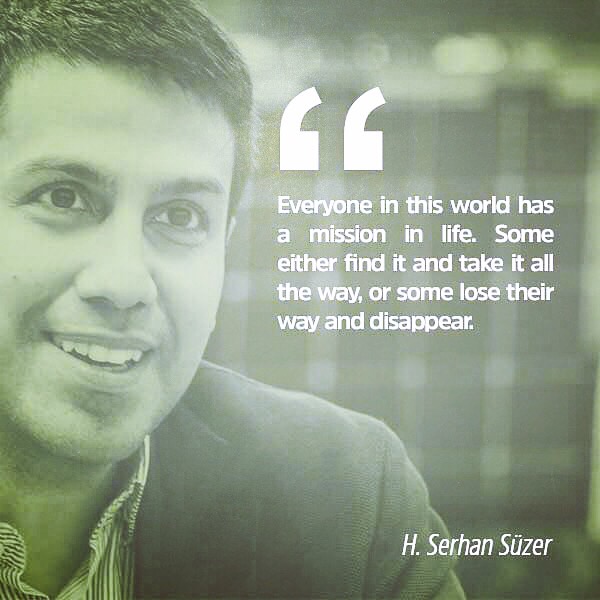DSG, Hybridisation And Parabolic Trough Innovation:Praving The Fure For CSP?

Hittite Solar, an Istanbul based company, has developed a parabolic trough design capable of first “superheated” Direct Steam Generation.
CSP Today speaks to Serhan Suzer, CEO of Hittite Solar Energy, about the implications this has for levelising the costs of CSP and the future of the CSP industry.
CSP Today: What challenges does parabolic trough technology face and how can these be addressed?
One of the first challenges we faced was the obstacle posed by the Heat Transfer Fluid (HTF) for Direct Steam Generation (DSG). DSG is an important step towards increased CSP efficiency and has been set as an important goal by the European Union for the year 2020. However since the heat receiver rotates in the air during solar tracking in all existing parabolic trough designs, flexible hoses have to be used to connect the Heat Receiver to the stationary piping on the ground. Later ball bearing joints were invented to replace these hoses, but both are not suitable for superheated steam generation. This is why parabolic troughs have continued to use HTF to generate steam on a second hand basis, using massive heat exchangers that result in a loss of efficiency.
We completely redesigned the parabolic structure so that the heat receiver is stationary, allowing all piping connections to be welded and flanged, totally eliminating the obstacles for Direct Steam Generation. This is the most important patent we have.
This new parabolic trough structure also allows us to use a tiny (0.25HP) variable speed DC electric motor for solar tracking of a 48m by 6m parabolic structure. This allows for very accurate and continuous solar tracking.
Another problem we noticed about the existing parabolic trough design was the heat receiver. We did not like the use of glass-to-metal welding for the vacuum seal. Therefore, we entirely redesigned the Heat Receiver, eliminating glass-to-metal welding. In doing so we were able to increase the length of the vacuum space to hundreds of meters, allowing the vacuum to be maintained as needed.
To further reduce the costs of parabolic troughs, we replaced the specially fabricated expensive glass mirror panels with strips of thin (1.5mm) flat glass panels accurately pasted on a parabolic aluminium surface. Not only are these panels cheaper than thicker fabricated glass parabolic panels, they are also durable being able to withstand strong winds and even the pressure of an adult man walking on them.
CSP Today: What have been the key milestones and achievements thus far in Hittite Solar Energy’s history?
The contract we signed with SolarTAC was an important milestone for us. As you know, SolarTAC is managed by a DOE company, MRI Global, which hosts many important players demonstrating their technologies. We are a new player in the industry and we are ready to demonstrate our technology.
Having said that we are in touch with many potential clients to execute micro and utility scale projects in the USA and in Turkey. Hopefully, this year, we will execute some of these deals.
I would also like to emphasize our ability to adapt to local production –a stipulation that is required in many emerging markets. We have a flexible structure that allows us to work with many suppliers all around the world. If required, we can manufacture 100% of our collectors excluding the heat receiver in any given country with glass and steel industries. This means creation of jobs and supporting the local economies all around the World.
CSP Today: Based upon your experiences and involvement in CSP what is your overall outlook for the future of the industry?
I believe the sector should first focus on hybrid systems because this provides the opportunity to execute some contracts in the short term while people in the energy industry (including conventional energy) get used to working with CSP technologies to resolve some of their problems. You can also look at it from a different perspective: before electric cars were out in the market, there had been a great deal of publicity about Hybrid Cars. In my opinion, this was a wise decision by the auto industry because it gave potential clients a chance to experience how it feels driving an electric car. Now that the market is ready to receive a fully electric car or even a solar electric car, car manufacturers are ready to put it on the market. We should implement the same strategy. In order for the market to welcome our technologies, we need to first execute many hybrid projects. Then there will be a time where many investors will be willing to invest in CSP only utility scale projects all around the world because they are familiar with the technology.
Furthermore, the whole world needs to be made aware of CSP technologies. When you talk to a regular person on the street about solar energy, everyone still refers to PV. This needs to be changed. We need to work on our communication make sure that even a regular person understands the fact that solar cannot be limited solely to rooftops.
We truly believe that CSP will have a significant role in replacing current fossil fuel based energy infrastructures. The principles of the solar thermal model that CSP is based upon offers very important technical advantages over other renewable energy technologies like PV, Wind, etc. For instance, solar thermal offers a much more feasible energy storage that allows the prevention of electric generation variations that PV and Wind frequently cause. In addition this storage allows 24hr electric generation which is much more feasible than storing electricity in batteries as required by PV and Wind.
- See more at: http://social.csptoday.com/technology/dsg-hybridisation-and-parabolic-trough-innovation-paving-future-csp#sthash.EjDo6Nvy.dpuf
Tag: enerji








